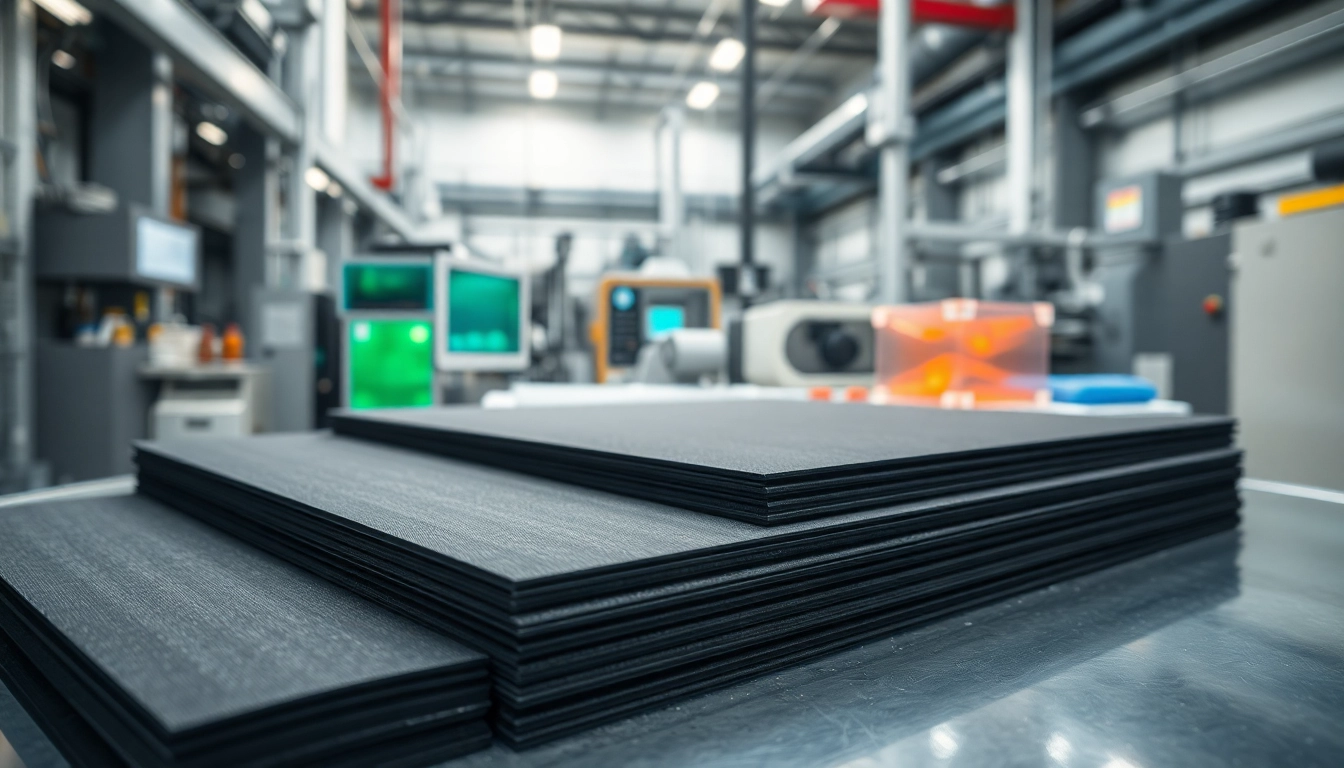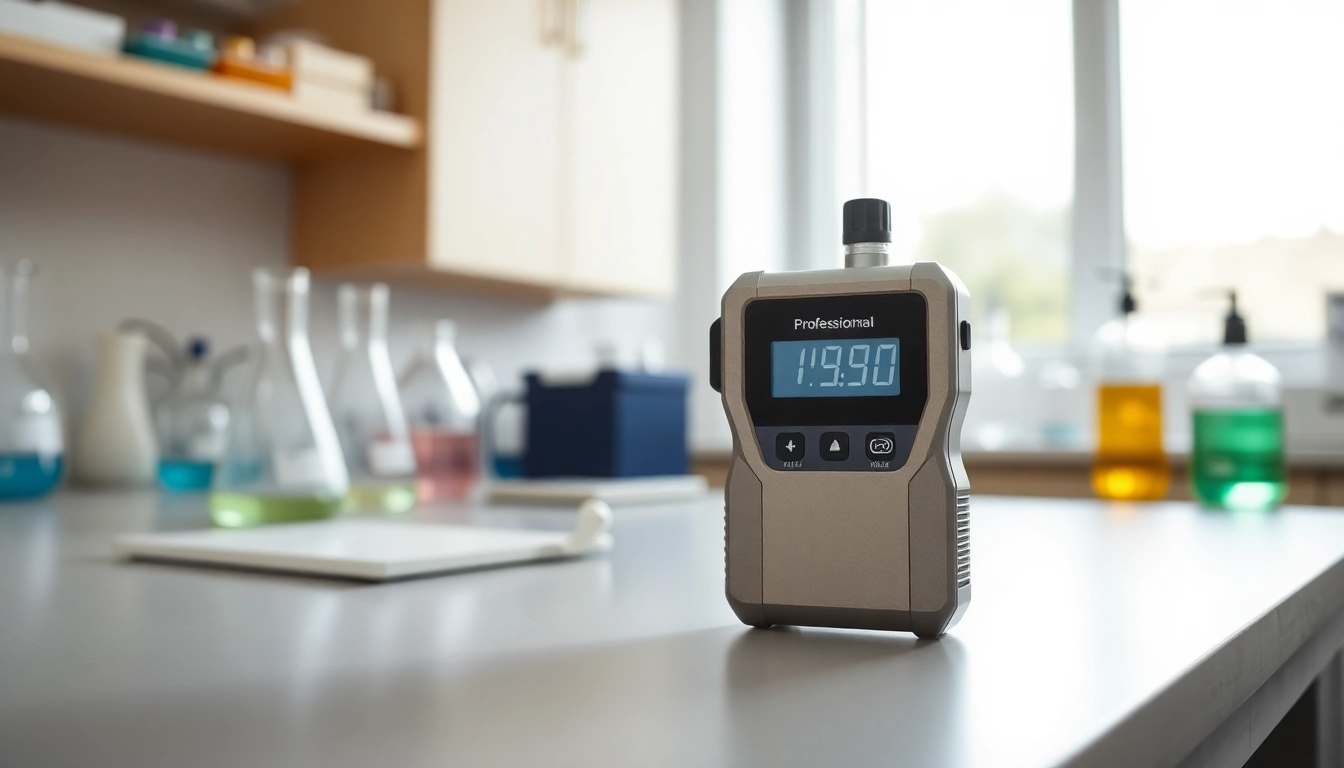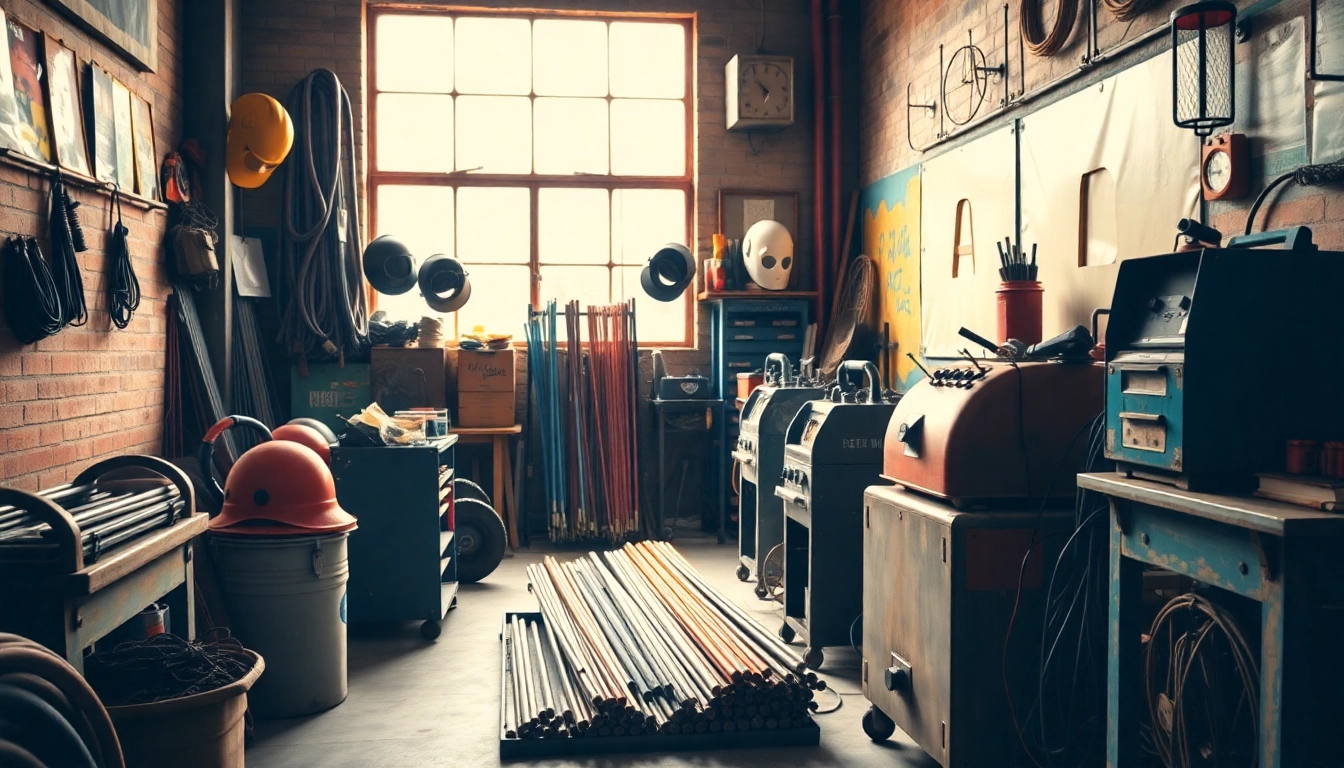Understanding Filling Machines
What is a Filling Machine?
A filling machine is a vital piece of equipment in the packaging industry, designed specifically for efficiently and accurately dispensing a precise amount of liquid or powder into containers. Whether in the food, beverage, cosmetic, or pharmaceutical industries, filling machines streamline the packaging process. They can handle various product types, from viscous liquids to granular substances, and play a crucial role in meeting production and regulatory standards. Essentially, the purpose of a Filling Machine is to minimize human error, enhance productivity, and ensure consistency in product quantities.
How Does a Filling Machine Work?
Filling machines operate through a series of mechanical and electronic processes aimed at accurately depositing the desired product amount into its container. The fundamental operating principle can be described as follows:
- Container Detection: The machine detects when a container is placed in position, primarily through sensors that trigger the filling process.
- Filling Mechanism Engagement: A pump, piston, or gravity system engages, depending on the type of filling machine, to start the product transfer. For instance, volumetric filling machines fill based on preset volumes, while weight-based machines fill according to weight measurements.
- Dispensing Product: As the filling mechanism operates, it dispenses the specified quantity into the container, ensuring that it adheres to the preset settings for accuracy.
- Post-Fill Procedures: After dispensing, the machine may perform additional tasks, such as capping or labeling, depending on its complexity and design.
Types of Filling Machines
Filling machines come in various types, each suited for specific applications and product types. The main categories include:
1. Manual Filling Machines
Ideal for small operations and start-ups, manual filling machines require human intervention for operation. They are cost-effective but less efficient compared to automated alternatives.
2. Semi-Automatic Filling Machines
Striking a balance between speed and control, semi-automatic machines combine manual operation with automated components, such as sensors or programmable settings to enhance efficiency.
3. Fully Automatic Filling Machines
These machines operate independently and are geared towards large-scale production. They integrate seamlessly with other packaging machinery and can handle various sizes and types of products, drastically improving throughput and efficiency.
4. Volumetric Filling Machines
These machines dispense products based on volume. They are widely used for liquids, from water to thick sauces, ensuring consistent filling across batches.
5. Weight-Based Filling Machines
Functioning based on weight, these machines incorporate load cells to ensure each container receives the accurate weight of product required, enhancing accuracy especially for granular formulations.
Key Features to Look for in a Filling Machine
Automation Versus Manual Operation
When selecting a filling machine, understanding the level of automation necessary for your operation is critical. Automated machines increase efficiency but come with higher upfront costs. Manual and semi-automatic models may suit lower-volume demands where labor costs are less of a concern. Consider the following:
- Production Volume: High-traffic environments benefit from fully automated systems, while lower-volume settings may necessitate manual options.
- Budget: Evaluate initial investment versus long-term savings in labor and time.
Accuracy and Precision Measurements
Accuracy in filling is crucial, not only for meeting consumer expectations but also for compliance with regulatory standards. Look for machines offering features such as:
- Calibration Options: Machines should allow for easy calibration to ensure continuous accuracy.
- Real-Time Monitoring: Integrated monitoring systems can alert operators to inconsistencies, enabling immediate action.
Ease of Maintenance and Cleaning
Hygiene and machine uptime are paramount in maintaining a smooth operation. Choosing a filling machine designed for easy maintenance will save considerable downtime and ensure compliance with safety standards. Consider machines with:
- Accessible Components: Parts that can be easily reached reduce the complexity of maintenance tasks.
- Clean-In-Place (CIP) Capabilities: For industries like food and pharmaceuticals, machines that can be cleaned without disassembly are essential.
Benefits of Using Filling Machines in Manufacturing
Increased Efficiency and Speed
Filling machines enhance production efficiency significantly. They can operate continuously, reducing the time it takes to fill each container. Automation also minimizes human error, allowing for a streamlined operation. For instance, a fully automatic filling machine might increase output by 50% or more compared to a manual process.
Cost-Savings on Labor and Time
By automating the filling process, companies can reduce labor costs associated with manual filling tasks. This not only frees up personnel for other value-added roles but also reduces the likelihood of wage-related overhead costs escalating due to increased labor hours. For example, a shift from manual to automated filling can streamline labor demands while thus maximizing output without significant additional staffing.
Enhanced Product Quality and Consistency
Filling machines ensure a uniform product output that meets pre-established standards for quality. Consistency in measurement leads to fewer product recalls and higher customer satisfaction. Utilizing machines that can fill with precision minimizes waste, as manufacturers are less likely to overfill or underfill, retaining optimal resource management.
Choosing the Right Filling Machine for Your Business
Assessing Your Production Needs
Before purchasing a filling machine, it’s crucial to assess your specific production requirements. Factors to consider include:
- Production Volume: Determine how many units you need to produce within a given timeframe.
- Product Characteristics: Understand the viscosity, chemical composition, and any other specifics that may impact filling.
Evaluating Different Machine Models
Research various models that fit your business size and products. Compare specifications, functionalities, and user reviews. Manufacturers’ websites and industry forums can provide valuable insights into machine performance and reliability.
Consulting with Industry Experts
Leverage the knowledge of industry experts and professionals who have experience with different filling machines. They can provide insights into the operational efficiency, expected ROI, and potential pitfalls of specific models. Networking with other manufacturers can also facilitate recommendations and shared experiences.
Frequently Asked Questions About Filling Machines
What Are the Most Common Uses for Filling Machines?
Filling machines are widely used across various sectors, including:
- Food and Beverage: Filling liquids, sauces, and dressings into bottles and jars.
- Cosmetics: Filling creams, lotions, and oils into containers.
- Pharmaceuticals: Packaging syrups, solutions, and other medicinal items into vials and bottles.
How Do I Maintain My Filling Machine?
Regular maintenance is key to longevity and operational efficiency. Major aspects include:
- Regular Cleaning: Establish a routine cleaning schedule to remove residue and ensure hygienic operation.
- Routine Inspections: Conduct frequent checks of all moving parts and electronics to prevent wear and machine failure.
Where to Buy Filling Machines?
Filling machines can be purchased from numerous sources, including:
- Manufacturers: Buying directly from the manufacturer can often provide the best prices and customer service.
- Distributors: Many distributors specialize in packaging equipment and can offer various brands and models.
- Online Marketplaces: Platforms like Amazon and specialized equipment websites may offer a range of options.



